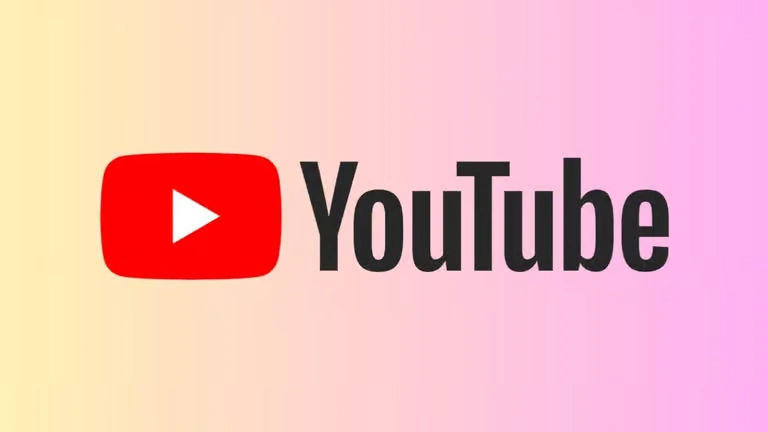YouTube’s New Monetisation Policy Will Make Earning Harder for Creators from July 15, 2025
With major monetisation policy changes scheduled to go into effect on July 15, 2025, YouTube is making it significantly harder for content creators to generate revenue on the platform.
According to The Observer Guardian and other international media outlets, YouTube has tightened the guidelines for its Partner Program. The new restrictions are especially targeting non-original, repurposed, and AI-generated content, raising concerns for creators who heavily rely on automation and content recycling.
“YouTube’s goal is clear: to promote genuine and innovative content, while discouraging deceptive, repetitive, or low-quality material—especially mass-produced using artificial intelligence,” reports The Observer Guardian.
🔍 Examining AI and Reused Content
Under the updated policy, YouTube will no longer allow monetisation of content that is AI-generated or lacks originality. While the platform hasn’t fully defined what qualifies as “non-original” or “reused” content, experts believe the changes will impact:
- Faceless gaming channels
- AI-narrated videos
- Channels using stock visuals and synthetic voices
This policy shift follows a broader crackdown, including a recent order to block 27 YouTube channels, some of which were linked to the political party Pakistan Tehreek-e-Insaf (PTI).
📋 Stricter Entry Requirements Still Apply
To qualify for monetisation, creators must continue to meet the following thresholds:
- 1,000 subscribers
- 4,000 watch hours in the past 12 months, or
- 10 million Shorts views within the last 90 days
However, meeting these requirements is no longer enough. YouTube will now place greater emphasis on the originality and quality of content before approving monetisation.
💡 What It Means for Creators
Even after meeting all criteria, YouTube will conduct a manual review to determine if a channel qualifies for monetisation. Once approved, earnings will vary based on several factors including:
- Viewer location
- Video topic
- Seasonal trends
While the CPM (Cost Per Mille)—the estimated earnings per 1,000 views—typically ranges between $0.50 and $10, the actual revenue (RPM) is often lower due to YouTube’s revenue share.








